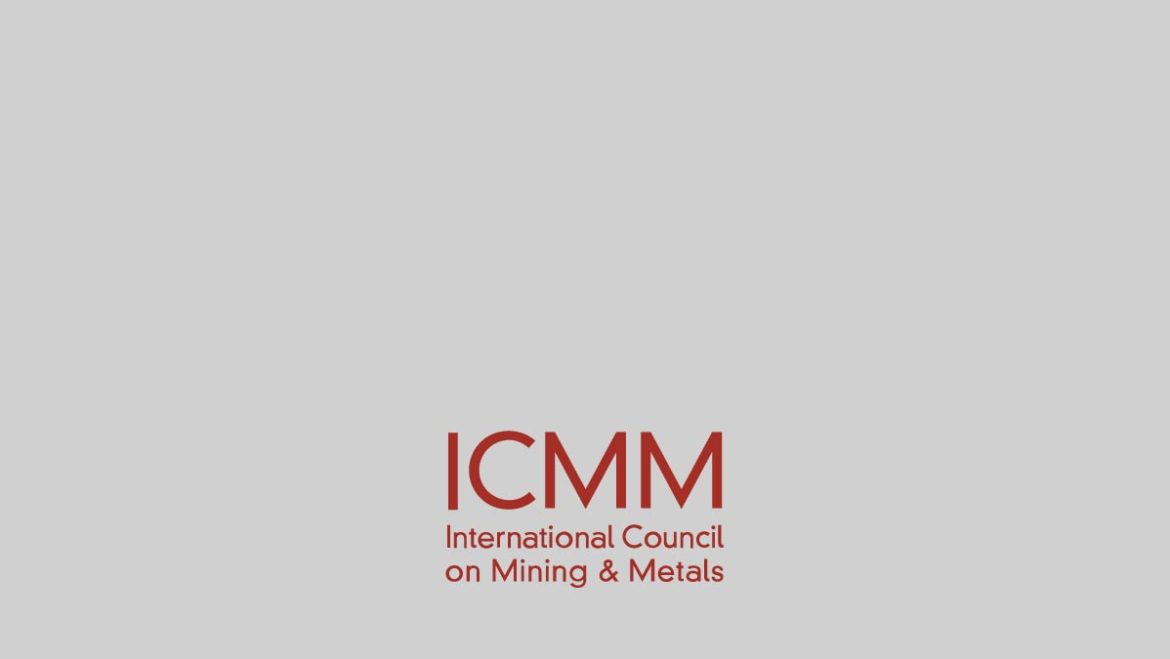The Wiradjuri people are recognized as the traditional owners of the Lake Cowal area in Australia. Barrick, who used to operate the Cowal mine on the shores of Lake Cowal, worked collaboratively with the Wiradjuri Council of Elders and the Registered Native Title applicants over an 18-month period to negotiate an equitable Native Title Agreement and Cultural Heritage Management Plan.*
Under the terms of the Native Title Agreement, Barrick agreed to support the community in the areas of environmental and cultural heritage, employment, training, education and business development and the creation of the Cultural Heritage Management Plan. In 2003, the agreement established the Wiradjuri Condobolin Corporation (WCC) to facilitate business, education and employment opportunities for the Wiradjuri people. The WCC established the Wiradjuri Cultural Heritage Company, which Barrick employed to manage Wiradjuri heritage protection activities during the mine’s development and ongoing operation. These activities included as many as 60 Wiradjuri cultural heritage field officers working with qualified archaeologists to identify and preserve artefacts found at the site. The Cultural Heritage Company also delivered a comprehensive cultural heritage induction course for all new Barrick employees and contractors.
The Cultural Heritage Management Plan, which was part of the Native Title Agreement, facilitated the development of a Ground Disturbance Procedure (GDP) for the Cowal mine. This GDP was a comprehensive process that facilitated site visits by representatives of the Wiradjuri community to complete on-the-ground assessments, ensuring no cultural heritage materials were damaged. Barrick was committed to working with the Wiradjuri cultural heritage officers and archaeologists to return artefacts removed during the mine’s construction and ongoing operations to culturally appropriate locations.
The Cultural Heritage Management Plan required a GDP to be completed prior to disturbing any new ground at the mine. The GDP included two stages of required surveys. The first stage, called a surface clearance survey, is generally undertaken before mining or other activities that will require the removal of vegetation and top soil. The second stage is called a sub-surface clearance survey, which is required after vegetation and surface topsoil (or rock cover) are removed.
* Barrick sold the Cowal mine to Evolution Mining in August 2015.

